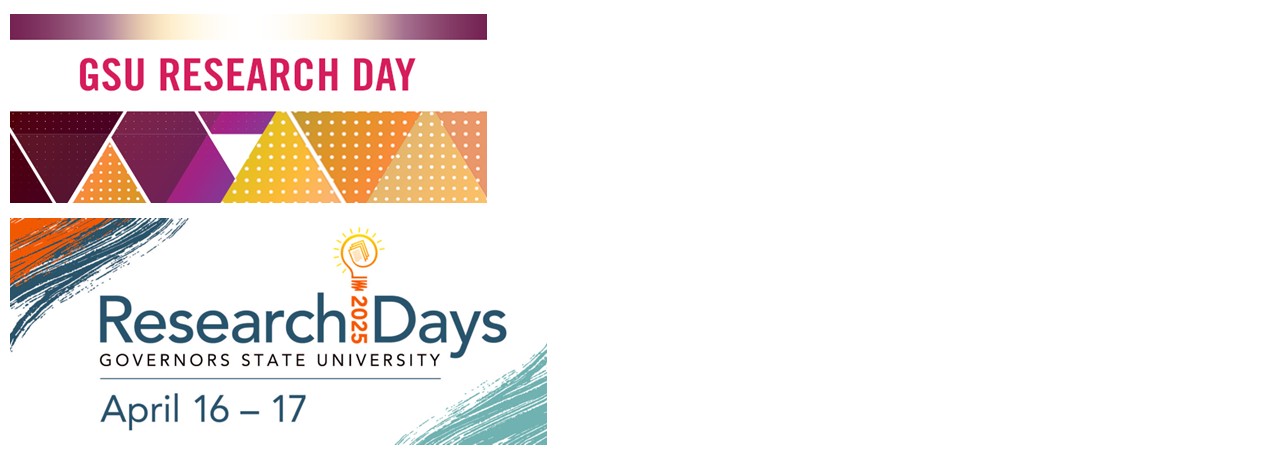Effects of Honeybees on native bee communities in northeastern Illinois and northwestern Indiana tallgrass prairie restorations
Type of Presentation
Event
Location
Hall of Governors
Start Date
4-7-2017 12:30 PM
End Date
4-7-2017 1:30 PM
Abstract
With less than 1% of the original area of tallgrass prairies remaining, ensuring the continuation of native bee communities is paramount and necessitates characterization of relationships between honeybees (Apis mellifera) and native bees. To investigate possible competitive interactions between honeybees and native bees, we counted honeybees and bumblebees (Bombus spp.) in six northeastern Illinois and northwestern Indiana prairie restorations—three sites with introduced honeybee hives, and three sites without hives. To determine if nectar from a representative plant species was a limiting resource, we quantified nectar in bee balm (Monarda fistulosa) that we netted to exclude pollinators of different sizes. We then conducted separate repeated measures MANOVAs to compare visual counts of honeybees and bumblebees in sites with vs. sites without hives, and to compare bee balm nectar volumes among flowers excluding different groups of pollinators. As expected, honeybee numbers were higher in sites with introduced hives (p-value: 0.0587), but bumblebee numbers did not differ between sites with and without hives (p-value: 0.5792). Bee balm nectar volumes differed among exclusion treatments (p-value: 0.0217). Treatments excluding honeybees and bumblebees and treatments that excluded only bumblebees had nectar volumes in between treatments with no netting (with lowest mean nectar volume) and treatments netted to exclude all pollinators (with highest mean nectar volume). Although the main hypothesis that honeybees are competing with native bees cannot be supported by these results, we can say that nectar from bee balm is a limiting resource for which different bee species may be competing.
Effects of Honeybees on native bee communities in northeastern Illinois and northwestern Indiana tallgrass prairie restorations
Hall of Governors
With less than 1% of the original area of tallgrass prairies remaining, ensuring the continuation of native bee communities is paramount and necessitates characterization of relationships between honeybees (Apis mellifera) and native bees. To investigate possible competitive interactions between honeybees and native bees, we counted honeybees and bumblebees (Bombus spp.) in six northeastern Illinois and northwestern Indiana prairie restorations—three sites with introduced honeybee hives, and three sites without hives. To determine if nectar from a representative plant species was a limiting resource, we quantified nectar in bee balm (Monarda fistulosa) that we netted to exclude pollinators of different sizes. We then conducted separate repeated measures MANOVAs to compare visual counts of honeybees and bumblebees in sites with vs. sites without hives, and to compare bee balm nectar volumes among flowers excluding different groups of pollinators. As expected, honeybee numbers were higher in sites with introduced hives (p-value: 0.0587), but bumblebee numbers did not differ between sites with and without hives (p-value: 0.5792). Bee balm nectar volumes differed among exclusion treatments (p-value: 0.0217). Treatments excluding honeybees and bumblebees and treatments that excluded only bumblebees had nectar volumes in between treatments with no netting (with lowest mean nectar volume) and treatments netted to exclude all pollinators (with highest mean nectar volume). Although the main hypothesis that honeybees are competing with native bees cannot be supported by these results, we can say that nectar from bee balm is a limiting resource for which different bee species may be competing.

